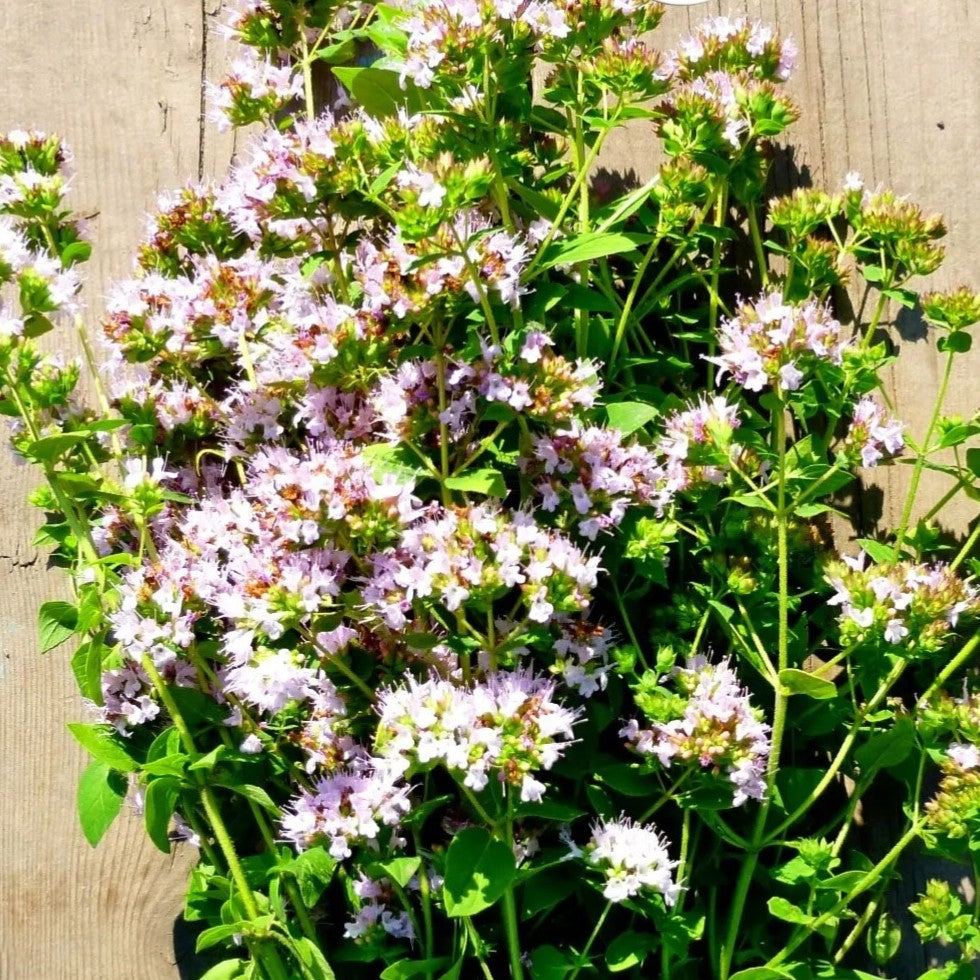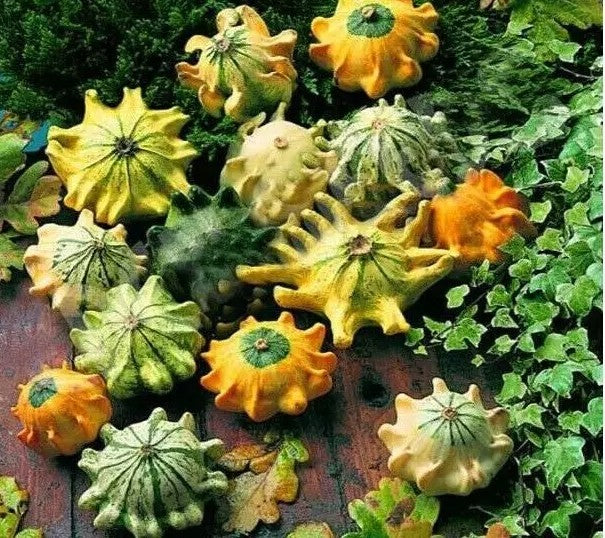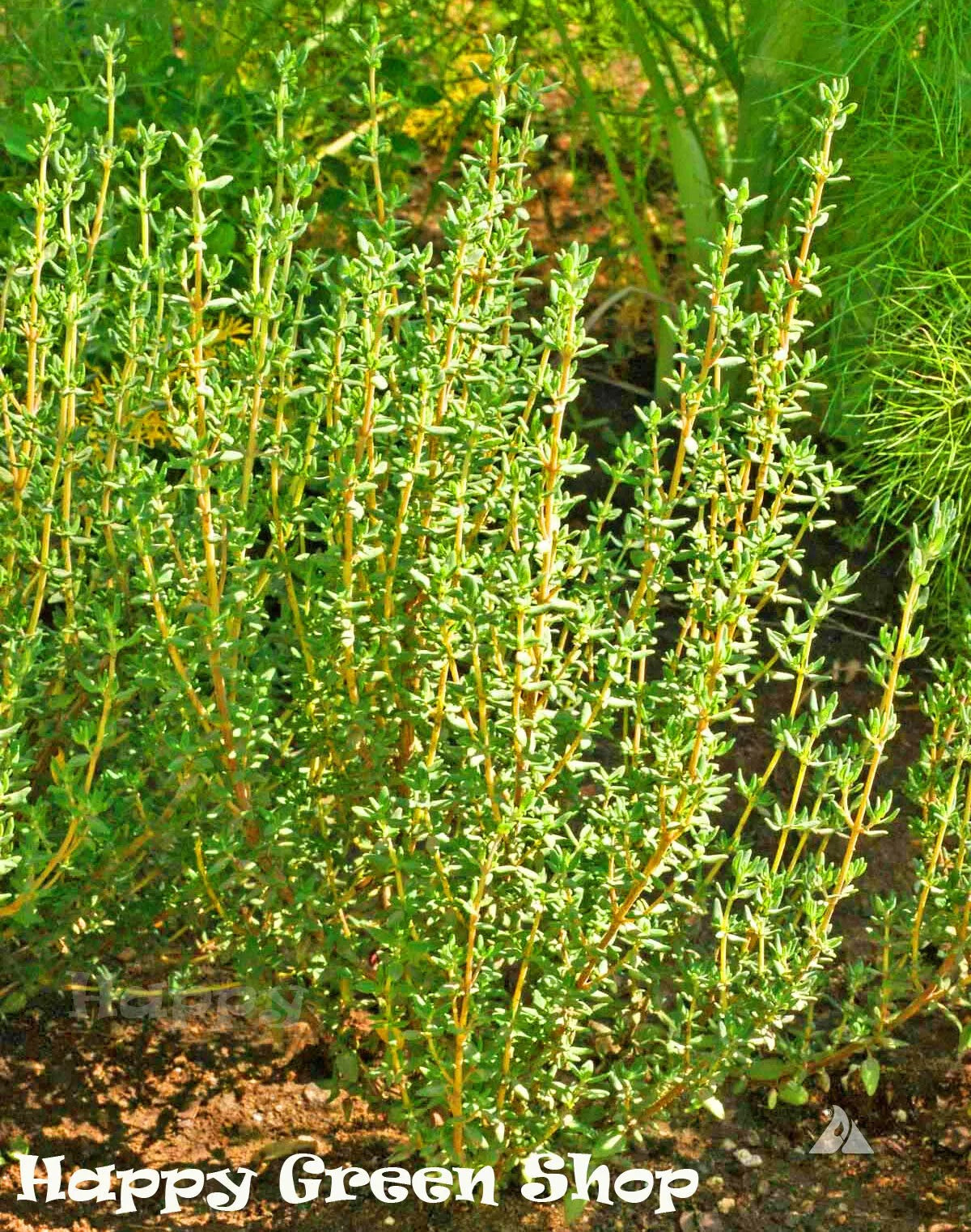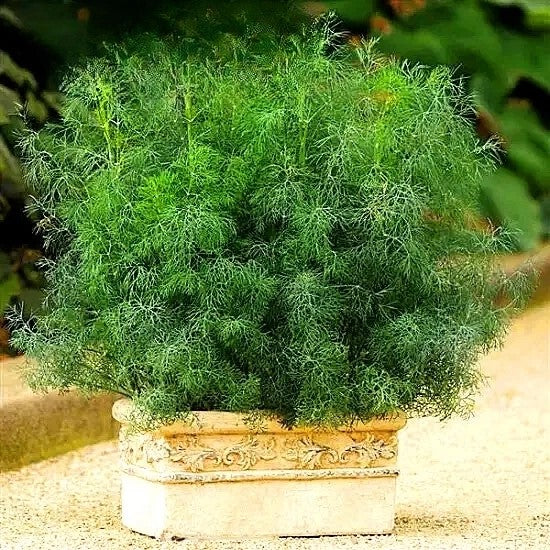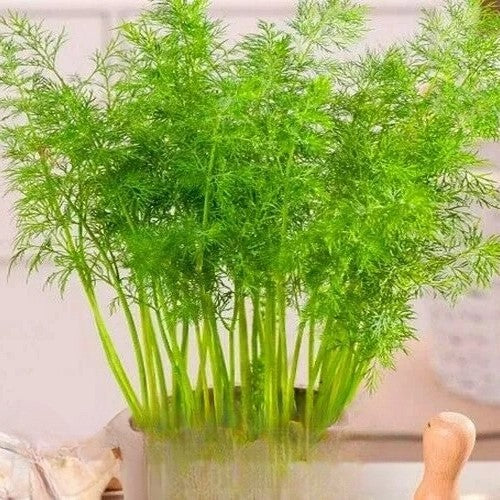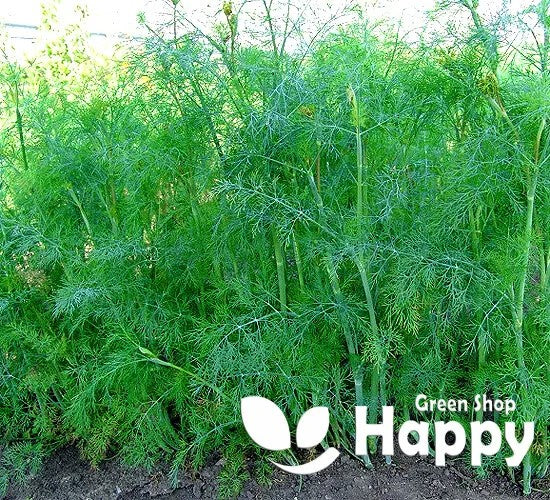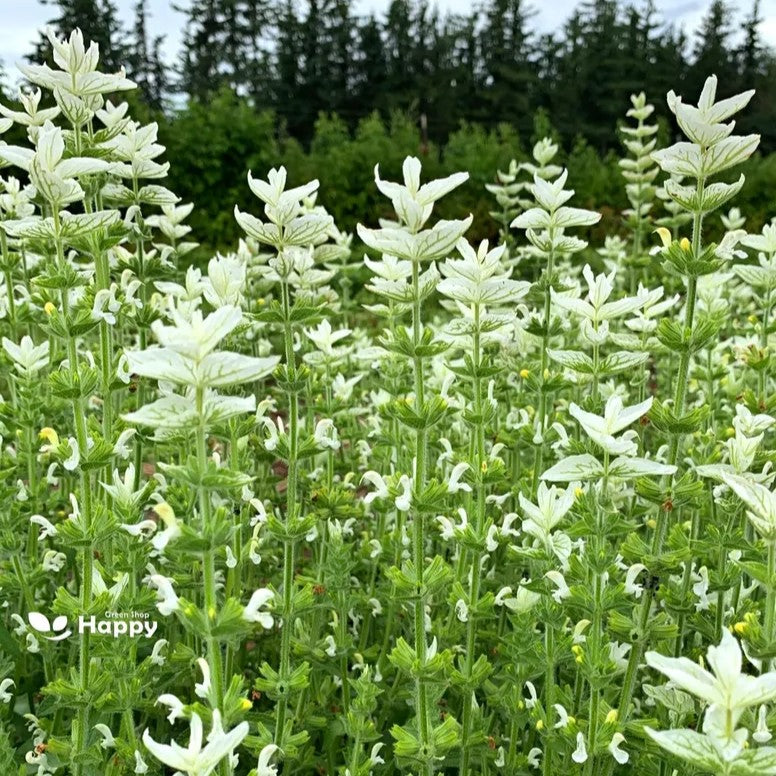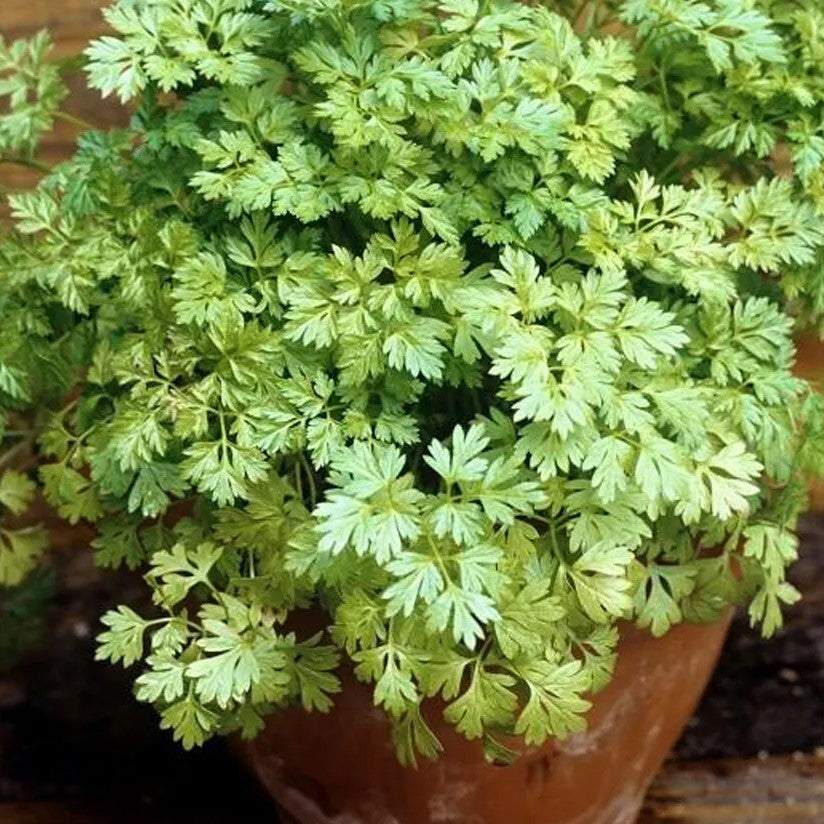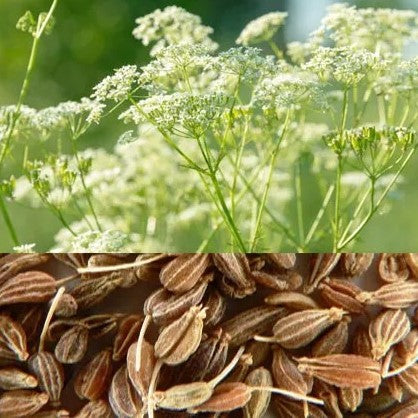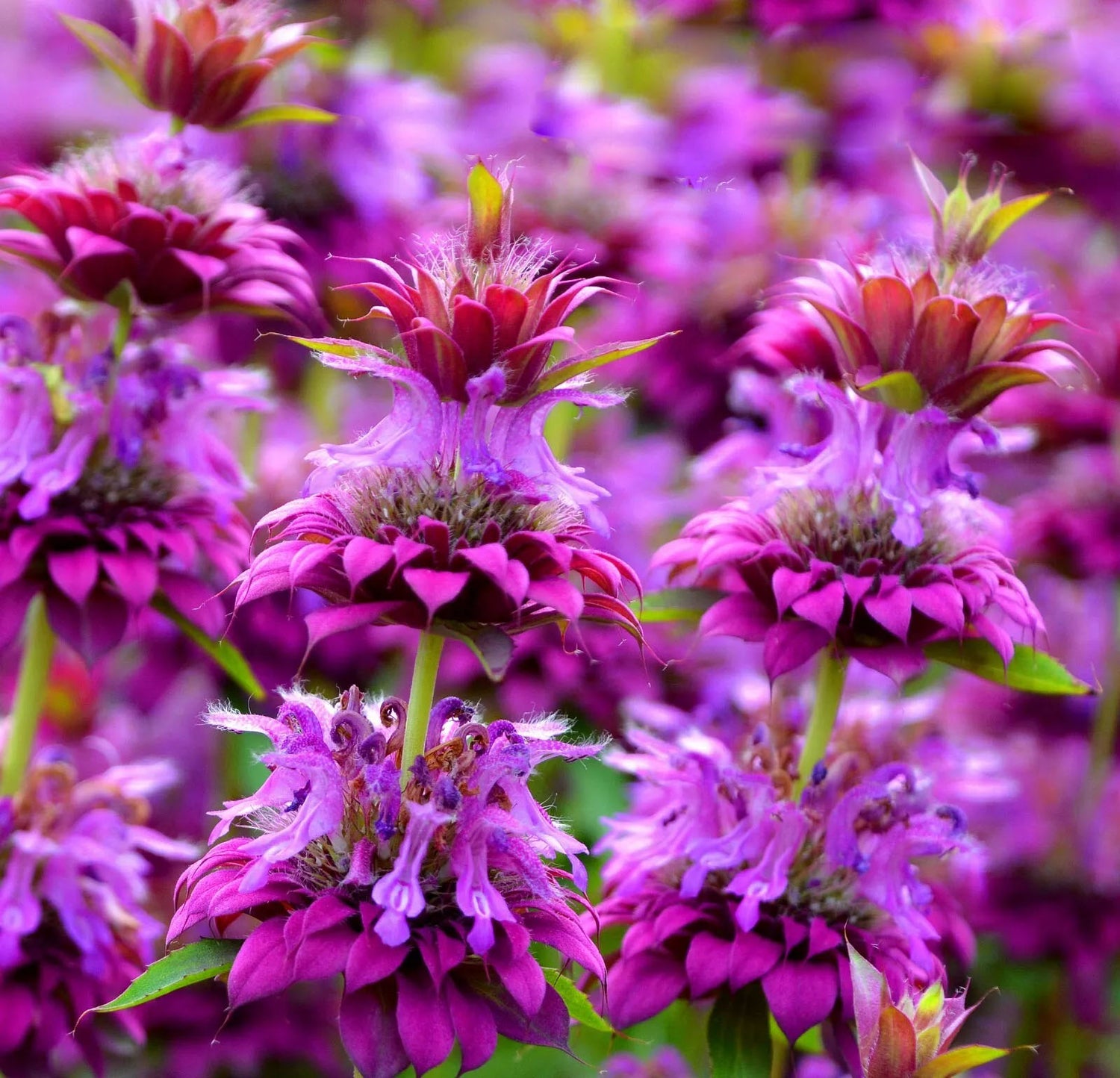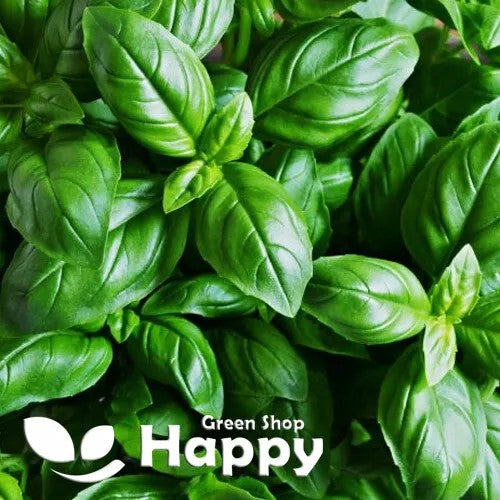Sort by:
47 products
47 products
Dwarf Dill 'Forrest' – Seeds
(Anethum graveolens) – Compact, Aromatic Herb
Dwarf Dill 'Forrest' is a compact, slow-bolting variety ideal for small gardens, pots, and window boxes. Its fragrant, feathery leaves are perfect for seasoning salads, soups, pickles, and fish dishes. This variety produces consistent, tender foliage and is easy to grow even in limited space.
Key Features
-
Type: Annual herb
-
Height: Dwarf, 25–35 cm
-
Flavor: Classic aromatic dill, mild and fresh
-
Harvest: Leaf harvest from 40–50 days after sowing
-
Use: Culinary seasoning, pickling, fresh salads
Ideal For
-
Small gardens, balconies, and containers
-
Culinary use in salads, soups, and sauces
-
Companion planting in vegetable beds
-
Homegrown, fresh herb supply
Sowing & Growing
-
Sow outdoors: March–June, thin seedlings to 10–15 cm apart.
-
Sow indoors: February–April, transplant seedlings carefully.
-
Soil: Light, well-drained, moderately fertile.
-
Sunlight: Full sun preferred.
-
Harvest: Cut leaves as needed; avoid cutting entire plants for continuous growth.
Care Tips
-
Keep soil evenly moist for tender leaves.
-
Regular harvesting encourages bushier growth.
-
Protect young plants from strong wind or heavy rain.
Dwarf Dill ‘Compatto’ – 1000 Seeds (Anethum graveolens)
Description:
Enhance your kitchen garden with Dwarf Dill ‘Compatto’ (Anethum graveolens), a compact, bushy herb perfect for small spaces. Producing feathery green foliage with a strong, aromatic flavor, it’s ideal for seasoning soups, salads, pickles, and fish dishes. This easy-to-grow, fast-maturing variety is suitable for containers, borders, and herb gardens, attracting beneficial insects while providing fresh, flavorful leaves throughout the growing season.
Key Features
-
Compact, bushy growth habit ideal for small gardens
-
Aromatic feathery foliage for culinary use
-
Fast-growing and easy to cultivate
-
Attracts beneficial insects
-
Suitable for containers and herb beds
Ideal For
-
Kitchen and container gardens
-
Herb borders and mixed plantings
-
Culinary use: salads, soups, pickles, and fish
-
Pollinator-friendly herb gardens
Sowing & Growing
-
Sow Indoors: February–April
-
Sow Outdoors: March–May
-
Germination: 7–14 days at 15–20°C
-
Height: 25–30 cm
-
Spacing: 20–25 cm apart
-
Light: Full sun
-
Soil: Well-drained, fertile
Care Tips
-
Water moderately and keep soil evenly moist
-
Harvest leaves regularly to encourage bushy growth
-
Mulch lightly to retain moisture
-
Can self-seed for future crops
Dill 'Bouquet' – Seeds (Anethum graveolens)
Dill 'Bouquet' is a fast-growing herb prized for its aromatic leaves, seeds, and delicate yellow flower heads. This popular variety is widely used in the kitchen – perfect for seasoning fish, pickles, sauces, salads, and soups. Its feathery foliage is also highly decorative, making it a dual-purpose plant for culinary and ornamental use.
How to Grow
-
Sow outdoors: April – July directly where plants are to grow.
-
Soil: Well-drained, fertile soil in full sun.
-
Spacing: Thin seedlings to 20–30 cm apart.
-
Water regularly to keep soil moist but not waterlogged.
Key Features
-
Popular dill variety with strong flavor
-
Aromatic leaves, seeds, and flower heads
-
Fast-growing and easy to cultivate
-
Great for fresh use or drying
-
Decorative feathery foliage
Ideal For
-
Herb gardens and borders
-
Culinary use in pickling, sauces, and fish dishes
-
Companion planting with cucumbers and cabbages
Sowing & Harvest
-
Sow: April – July
-
Harvest: Leaves from May onwards, seeds in late summer
Quick Tip
Harvest leaves early in the morning for maximum flavor. Sow little and often for a continuous supply throughout the season.
Coriander Seeds (Coriandrum sativum)
Grow fresh, aromatic herbs with Coriander (Coriandrum sativum). This versatile herb produces feathery green leaves and aromatic seeds, perfect for salads, cooking, and spice blends. Fast-growing and easy to cultivate, it’s ideal for herb gardens, kitchen beds, and containers.
How to Grow
-
Sow seeds directly outdoors from early spring to late summer.
-
Use fertile, well-drained soil in full sun to partial shade.
-
Sow seeds 0.5–1 cm deep and thin seedlings to 15–20 cm apart.
-
Keep soil consistently moist for best germination (7–14 days).
-
Harvest leaves when young and tender; collect seeds when fully mature.
Key Features
-
Feathery, aromatic green leaves and flavorful seeds
-
Fast-growing and easy to cultivate
-
Ideal for fresh salads, cooking, and spice blends
-
Suitable for outdoor and container growing
-
Hardy and versatile culinary herb
Ideal For
-
Herb gardens, kitchen beds, and containers
-
Fresh salads, cooking, and seasoning
-
Homegrown spice production
-
Companion planting to attract beneficial insects
Sowing
-
Best time: Early spring to late summer outdoors
-
Depth: 0.5–1 cm
-
Spacing: Thin to 15–20 cm apart
-
Prefers full sun to partial shade and fertile, well-drained soil
Quick Tip
-
Sow in succession every 2–3 weeks for a continuous supply of fresh leaves and seeds.
Clary Sage – White Swan Seeds (Salvia horminum)
Bring elegance and fragrance to your garden with Clary Sage – White Swan (Salvia horminum). This striking annual herb is prized for its large, pure white bracts that surround tiny flowers, creating a dramatic, eye-catching display. Both ornamental and aromatic, it’s an excellent choice for garden beds, borders, and cut flower arrangements.
How to Grow
-
Sow indoors in early spring or directly outdoors after the last frost.
-
Choose a sunny location with well-drained soil.
-
Lightly cover seeds with fine soil and keep moist until germination (10–20 days).
-
Thin seedlings once large enough to handle, spacing them about 20–25 cm apart.
-
Water regularly but avoid waterlogging.
-
Deadhead spent blooms to encourage prolonged flowering.
Key Features
-
Pure white bracts that create a bold floral display
-
Easy-to-grow annual, fast to flower in a single season
-
Aromatic foliage, often used in traditional remedies and crafts
-
Excellent as a cut flower for fresh or dried arrangements
-
Attracts bees, butterflies, and other pollinators
Ideal For
-
Cottage gardens and flower borders
-
Cutting gardens and bouquets
-
Pollinator-friendly landscapes
-
Containers and decorative pots
Sowing
-
Best time: Early spring indoors or outdoors after frost
-
Germination: 10–20 days
-
Sow thinly, cover lightly, and keep soil consistently moist
-
Prefers full sun and well-drained soil
Quick Tip
-
For a longer display, stagger sowings every few weeks during spring and early summer.
Chervil – Seeds
(Anthriscus cerefolium) – Classic Culinary Herb
Chervil is a delicate, aromatic herb with finely cut, fern-like leaves and a subtle aniseed flavor. Often called the “gourmet’s parsley”, it is an essential ingredient in French cuisine and one of the traditional fines herbes (with parsley, tarragon, and chives). Best used fresh, chervil enhances soups, salads, omelets, fish, and sauces, adding a refined, mild flavor.
Key Features
-
Type: Annual culinary herb
-
Height: 30–50 cm
-
Leaves: Finely cut, light green, fern-like
-
Flavor: Mild anise, delicate and fresh
-
Harvest: 6–8 weeks after sowing
-
Use: Fresh leaves for seasoning
Ideal For
-
Culinary herb gardens & kitchen windowsills
-
French and Mediterranean dishes
-
Continuous harvest in small spaces
-
Pairing with parsley, tarragon & chives
Sowing & Growing
-
Sow outdoors: March–August, directly into the soil.
-
Depth: 0.5 cm, thinly in rows 20 cm apart.
-
Germination: 14–21 days at 12–18°C.
-
Position: Partial shade, moist, humus-rich soil.
-
Harvest: Young leaves as needed.
Care Tips
-
Regular sowings every 3–4 weeks ensure a constant supply.
-
Avoid hot, sunny locations (prefers cool shade).
-
Use leaves fresh – drying reduces flavor.
Anise Seeds (Pimpinella anisum)
Grow your own aromatic spice with Anise (Pimpinella anisum). Known for its sweet, licorice-like flavor, this ancient herb produces delicate white umbels and seeds prized for baking, teas, liqueurs, and herbal remedies. A beautiful and useful plant, anise thrives in sunny spots and brings fragrance and flavor to both the garden and kitchen.
How to Grow
-
Sow seeds directly outdoors in spring after the last frost.
-
Choose well-drained, fertile soil in full sun.
-
Sow seeds 0.5–1 cm deep, spacing plants 20–30 cm apart.
-
Keep soil moist during germination (14–21 days).
-
Harvest seeds when flower heads turn brown and dry.
Key Features
-
Sweet, aromatic seeds with licorice-like flavor
-
Useful in baking, teas, and herbal medicine
-
Delicate white flowers that attract pollinators
-
Ancient herb with culinary and medicinal history
-
Easy to grow in sunny, well-drained soil
Ideal For
-
Culinary use in baked goods, teas, and liqueurs
-
Herbal remedies and natural medicine gardens
-
Pollinator-friendly gardens with fragrant blooms
-
Gardeners seeking dual-purpose beauty and flavor
Sowing
-
Best time: Spring, after last frost
-
Depth: 0.5–1 cm
-
Spacing: 20–30 cm apart
-
Prefers full sun and well-drained soil
Quick Tip
-
Harvest seeds early in the morning when flower heads are dry, then store in an airtight container to preserve their aromatic flavor.
Bee Balm Purple Seeds (Monarda citriodora)
Bee Balm Purple is a vibrant, aromatic perennial that produces dense clusters of fragrant purple flowers attracting bees, butterflies, and hummingbirds. Its aromatic foliage adds texture and scent to borders, cottage gardens, and pollinator-friendly plantings. Easy to grow and long-flowering, it also works beautifully in fresh or dried floral arrangements.
What Makes It Special
-
Bright purple, aromatic blooms
-
Attracts bees, butterflies, and hummingbirds
-
Hardy perennial with long flowering season
Key Features
-
Botanical name: Monarda citriodora
-
Hardy perennial
-
Height: 60–90 cm (24–36 in)
-
Bloom time: Mid to late summer
Ideal For
-
Pollinator-friendly gardens and cottage borders
-
Wildlife gardens and mixed perennial beds
-
Fresh and dried flower arrangements
Sowing
-
Sow indoors Feb–Apr or outdoors May–Jun
-
Cover seeds lightly with soil; keep moist
-
Germination: 14–28 days at 18–22°C
-
Thin seedlings 30–40 cm apart
-
Flowers from the first or second year
Basil 'Italian Sweet Genovese' – Seeds (Ocimum basilicum)
Basil 'Italian Sweet Genovese' is the classic culinary herb prized for its aromatic, glossy green leaves and sweet, slightly spicy flavor. Perfect for pesto, salads, sauces, and garnishing, this variety grows vigorously and produces abundant foliage throughout the growing season. Ideal for home gardens, pots, and herb beds.
How to Grow
-
Sow seeds indoors from February to April, lightly covering with soil.
-
Maintain 18–22°C until germination.
-
Transplant seedlings outdoors after the last frost in a sunny, sheltered spot.
-
Prefers well-drained, fertile soil and regular watering.
-
Pinch off flower buds to encourage bushy growth and prolonged leaf production.
Key Features
-
Aromatic, sweet, and slightly spicy flavor
-
Classic Italian basil variety for culinary use
-
Fast-growing and productive
-
Suitable for garden beds, containers, and patios
-
Ideal for pesto, salads, sauces, and garnishing
Ideal For
-
Fresh culinary use in Italian and Mediterranean dishes
-
Herb gardens, raised beds, and container planting
-
Gardeners seeking high-yield, flavorful basil
Sowing & Harvest
-
Sow: February to April
-
Depth: Lightly covered
-
Harvest: May to October
Quick Tip
-
Regularly pinch young shoots to encourage bushy growth and prevent flowering, which can reduce leaf flavor.
Showing 27/47



